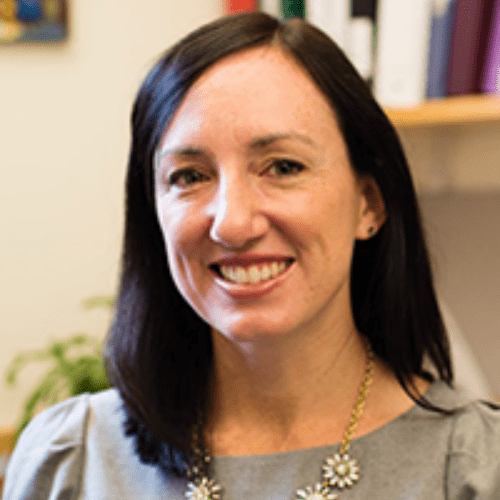From the Director:
Adolescence can be a hard time for most people but for kids living with HIV, it can be especially precarious. Not only do HIV-infected adolescents experience the biological and psychosocial challenges common to that age group, but they also need to manage the often-difficult transition from pediatric to adult HIV care. It is fairly common for adolescents to be “lost in transition,” especially in low-resourced settings. Even when they remain in care, they often risk interruptions in their treatment that can lead to loss of viral suppression. Furthermore, they are often ill-informed about their disease and don’t fully understand the necessity of adhering to their medical regimens. Indeed, adolescents living with HIV experience worse health outcomes than any other age group. In Peru, where almost a third of the nearly 100,000 people living with HIV are adolescents and young adults, there are few programs designed to specifically address their challenges.
Molly Franke is an infectious disease epidemiologist and Core faculty member whose work focuses on developing and evaluating strategies to improve the care of individuals, and especially children and adolescents, with diseases like TB and HIV. To address the lack of “adolescent friendly” HIV services, she looked for alternative ways to communicate health messages around HIV care. In one project, her team created a rap video that explains the concepts of CD4 cell count, HIV viral load, and the need for treatment adherence. Spanish lyrics were drafted by a team of young adults who set the words to the background music of a popular rap song and the video was filmed in different locations throughout Lima. Molly then interviewed HIV infected adolescents and their care-givers about their responses to the piece. The listeners especially liked the fact that the video included a diverse group of performers and that it was filmed in familiar places in Lima. One adolescent noted …

“when you receive this news [of the HIV diagnosis], you think that the world suddenly ends, you don’t want to live, but with information like this, our emotional state changes, improves, makes you want to continue living.”
To follow up on this work, Molly was funded by the NIH to work with youth and grassroots implementers in Peru to develop social media content designed to reduce HIV-related stigma and examine the feasibility of collaborating with societal influencers to disseminate this content.
As a second example, Molly and her collaborators designed and implemented an intervention through which adolescents undergoing the transition to adult care are accompanied through that process by community health workers. The program, nicknamed PASEO, consists of 6 components designed to address the adolescents’ individual circumstances and build their knowledge, skills and confidence to manage their HIV care independently. Molly’s recent paper documents the responses to the program of both adolescent participants and caregivers.

One participant stated,
“If I had not [enrolled in PASEO], I would still be without treatment; of that, I am sure”.
Another said,
“When I think of PASEO, the three words that come to mind are community, teaching, and help. Teaching because they taught us many things, things that I didn’t know. Community because the program connected us with other people just like us”
After showing that PASEO can improve adherence, social support, self-efficacy and transition readiness in this small group, Molly has now been funded by the NIH to assess the intervention on a larger scale. She is currently implementing a clinical trial to determine PASEO’s impact on viral load suppression as well as indicators of well- being, over the short and long term. She will estimate the cost and cost-effectiveness of the study intervention and collect data that can be used to facilitate adoption by the public sector. Most importantly, the study will address a critical gap in information on how to improve care for adolescents living with HIV in Latin America.
Wishing you all the best for the new year!
